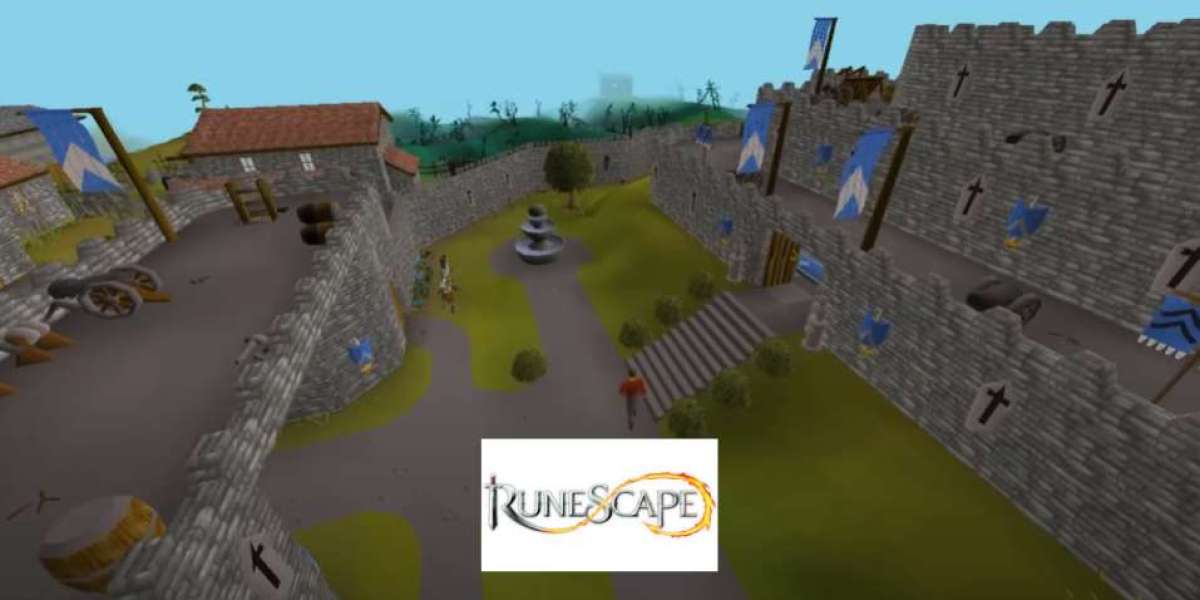The Fallen Star Yoga Pose is a dynamic and visually striking posture that embodies strength, balance, and graceful movement. It is a variation often found in vinyasa and power yoga classes, offering a blend of core activation, arm strength, and full-body awareness.
In this blog, we’ll explore what the Fallen Star Yoga Pose is, how to perform it, its benefits, common mistakes, and how to integrate it into your regular yoga practice.
What Is the Fallen Star Yoga Pose?
Fallen Star Yoga Pose, also known as Fallen Triangle in many modern yoga classes, is a hybrid of a side plank and triangle variation. It involves threading one leg under the body while balancing on one hand and foot, creating a spiraling twist and lifted extension through the chest.
The name "Fallen Star" symbolizes light emerging from a grounded place—evoking a sense of power, beauty, and resilience. It is typically practiced mid-flow as a transitional or peak pose.
How to Practice Fallen Star Yoga Pose
Here’s a step-by-step breakdown to practice Fallen Star Yoga Pose safely and effectively:
Begin in Downward-Facing Dog (Adho Mukha Svanasana).
Lift your right leg high behind you into Three-Legged Dog.
Bring your right knee toward your left elbow, twisting your torso slightly.
Extend your right leg underneath your body to the left side, resting the outer edge of your foot on the floor.
Shift your weight to your left hand and outer right foot, lifting your left arm toward the sky.
Engage your core and lift your hips, keeping your chest open and gaze upward.
Hold for 3–5 breaths, then gently release back to Downward Dog and repeat on the other side.
Benefits of Fallen Star Yoga Pose
Incorporating Fallen Star Yoga Pose into your yoga routine offers a range of physical and mental benefits:
Improves balance and coordination: Strengthens stabilizer muscles throughout the body.
Activates core muscles: Essential for building a strong center and spinal support.
Builds upper-body strength: Particularly in the shoulders, wrists, and arms.
Enhances spinal flexibility and mobility: Encourages healthy rotation through the torso.
Promotes mindfulness: Requires focused awareness and controlled movement.
Adds creativity and flow: Brings a unique dynamic to vinyasa sequences.
Common Mistakes to Avoid
When practicing Fallen Star Yoga Pose, keep these common alignment issues in mind:
Collapsing the shoulders: Maintain shoulder engagement to protect joints.
Letting the hips sag: Actively lift the hips to maintain a strong line.
Incorrect hand placement: Ensure the supporting hand is directly under the shoulder.
Rushing into the pose: Take your time to mindfully transition to avoid losing balance.
Neglecting core engagement: Use your core to stabilize and control the movement.
When to Practice Fallen Star Yoga Pose
The Fallen Star Yoga Pose is best practiced in the middle or end of a yoga flow, when the body is warm and ready for deeper strength and balance challenges. It's especially useful in:
Core-focused sequences
Twisting flows
Arm balance preparations
Creative transitions in vinyasa or power yoga
Conclusion
Fallen Star Yoga Pose is more than just an aesthetically beautiful posture—it is a powerful combination of stability, grace, and strength. It challenges your core, engages your entire body, and offers a unique twist to traditional yoga flows. Whether you're looking to deepen your practice or enhance your physical control, this pose provides an opportunity to feel strong, connected, and empowered.
By integrating Fallen Star Yoga Pose mindfully, you’ll expand your physical potential and deepen your awareness on the mat.
Frequently Asked Questions (FAQs)
Q1: Is Fallen Star Yoga Pose suitable for beginners?
While it's more accessible to intermediate practitioners, beginners can try a modified version with support or by skipping the leg extension until they gain balance and strength.
Q2: What muscles does Fallen Star Yoga Pose target?
It primarily engages the core, shoulders, arms, legs, and obliques, while improving spinal rotation and hip mobility.
Q3: Can I modify the pose for wrist pain?
Yes, placing a folded towel or yoga wedge under the supporting hand can reduce pressure on the wrist. Always listen to your body and avoid pushing through discomfort.
Q4: How can I improve balance in Fallen Star Pose?
Focus on activating your core, grounding through the planted hand and foot, and keeping your gaze steady to maintain stability.
Q5: Is there a difference between Fallen Star and Fallen Triangle Pose?
They are often used interchangeably. Some teachers may define slight variations in leg or arm position, but the essence of the posture remains the same.






